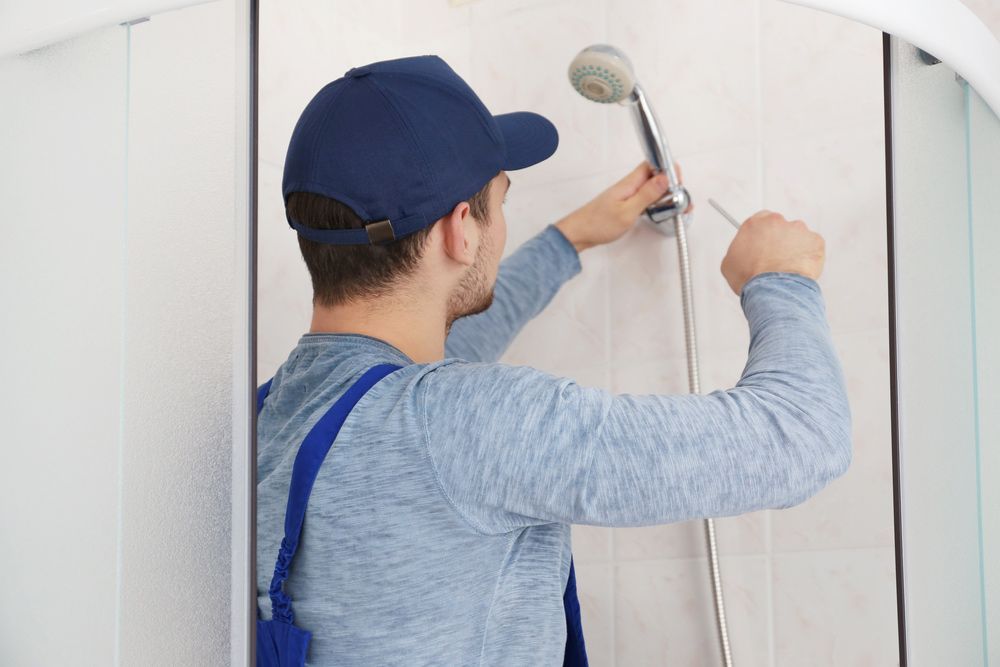Blog > Tips For Fixing Water Pressure Loss In Your Shower
Tips For Fixing Water Pressure Loss In Your Shower
June 26, 2023
Are you tired of dealing with low water pressure in your shower? You're not alone. Many Aussie homeowners encounter this problem, which can greatly impact your showering experience. Luckily, there are lots of handy tips to help you improve the water pressure in your shower. In this blog, we'll explore the common causes of low water pressure, preventive measures to improve your shower’s water pressure and when it's best to seek professional help.
Common Causes of Low Water Pressure
- Clogged Showerhead: Mineral deposits and debris can accumulate in the small openings of the showerhead over time, restricting water flow and causing weak pressure.
- Faulty Pressure Regulator: A malfunctioning pressure regulator can lead to reduced water pressure. It's responsible for maintaining consistent pressure throughout the plumbing system.
- Plumbing Issues: Leaks, damaged pipes or improper pipe sizing can affect water flow and cause pressure loss. Identifying and addressing these issues is important for restoring proper water pressure.
DIY Solutions to Improve Water Pressure
- Clean the Showerhead: Remove the showerhead and soak it in a mixture of vinegar and water to dissolve mineral deposits. Scrub gently with a brush to remove debris, rinse thoroughly and reattach it to the shower arm.
- Check for Leaks: Inspect your shower system for any leaks. Even minor leaks can contribute to low water pressure. Fixing leaks can significantly improve the overall water flow.
- Invest in a New Shower Head: Sometimes simply upgrading your shower head can fix the problem. Try to find a showerhead that has adjustable settings, so you have better control over your pressure.
Preventive Measures
- Regular Maintenance: Perform regular maintenance by cleaning the showerhead and inspecting the plumbing system for leaks or damage and addressing any issues promptly. This ensures consistent water pressure.
- Using Water-Saving Fixtures: Install water-saving fixtures in your shower to maintain adequate pressure while reducing water consumption. These fixtures improve efficiency and minimise the risk of pressure loss.
- Monitoring Water Pressure: Keep an eye on the water pressure in your shower and throughout your home. If you notice sudden drops or fluctuations, investigate the cause promptly. Early detection helps prevent further problems.
When to Call a Professional Plumber
- Persistent Low Water Pressure: If you've tried the DIY solutions without success and the low water pressure problem persists, it's advisable to seek the assistance of a professional plumber. They have the expertise and tools to identify and fix complex issues that may be causing the pressure loss.
- Pressure Regulator: Some showerheads come with flow restrictors that limit water flow to conserve water. If your water pressure is too low, a plumber can modify these restrictors to increase the flow.
- Old Plumbing System: If your home has an older plumbing system that hasn't been updated in years, low water pressure might be a symptom of deeper plumbing problems. Consulting a professional can help you determine if a system upgrade or repairs are necessary.
Fix Your Water Pressure Issues Today
Ready to enjoy a revitalising shower with optimal water pressure? Contact Tony Brown Plumbing & Gas Services, your trusted plumbing experts in Grafton. We provide professional, friendly plumbing that covers repairs, fresh installations, servicing, inspection and advice on water conservation. Don't settle for weak showers any longer, call us today.







